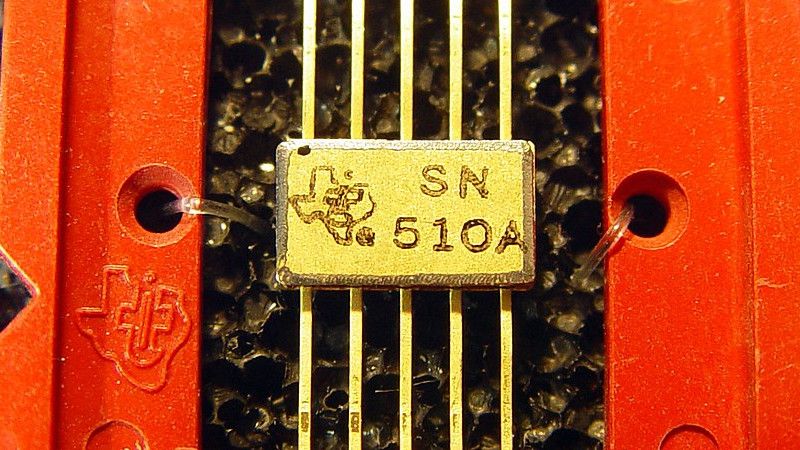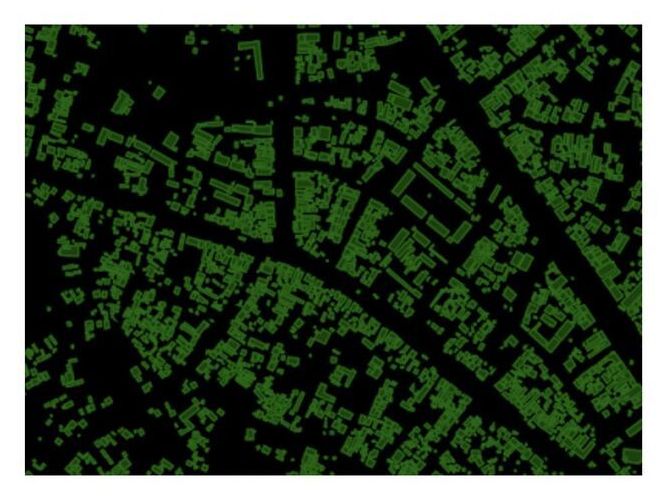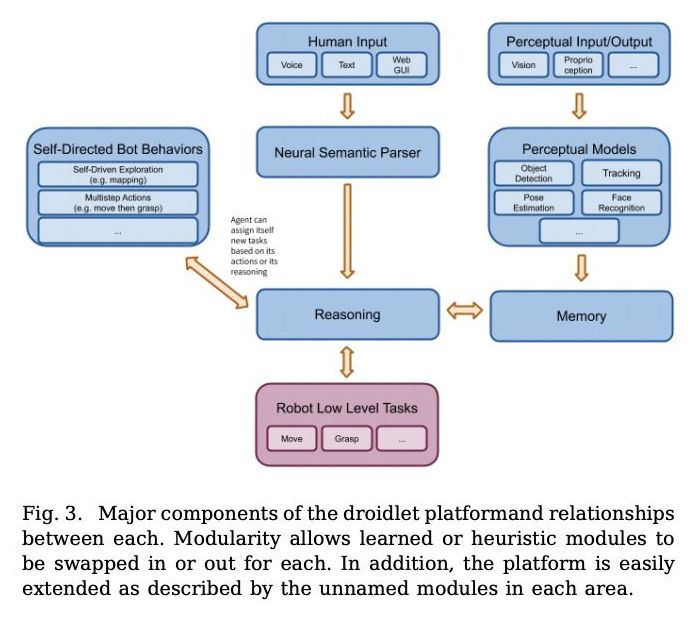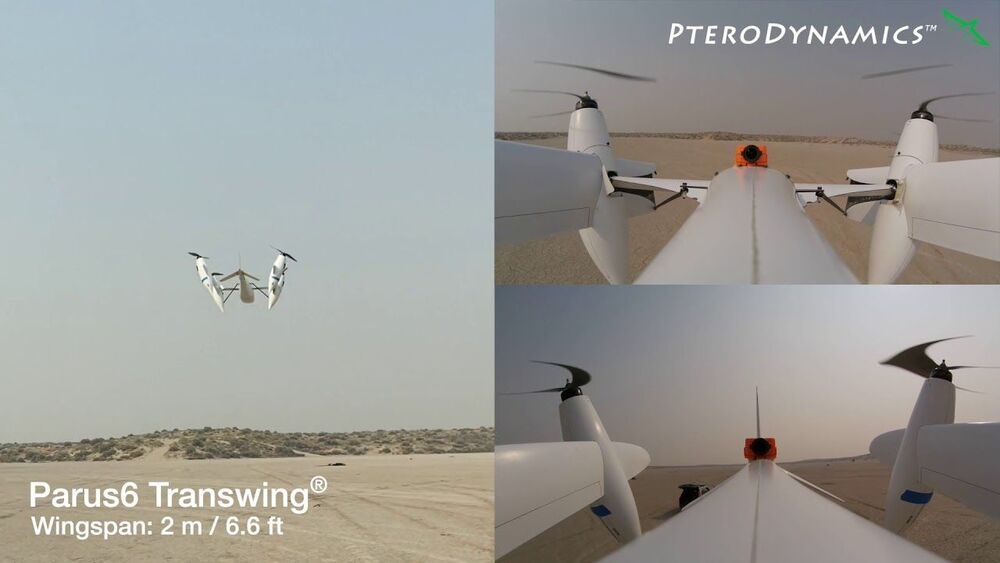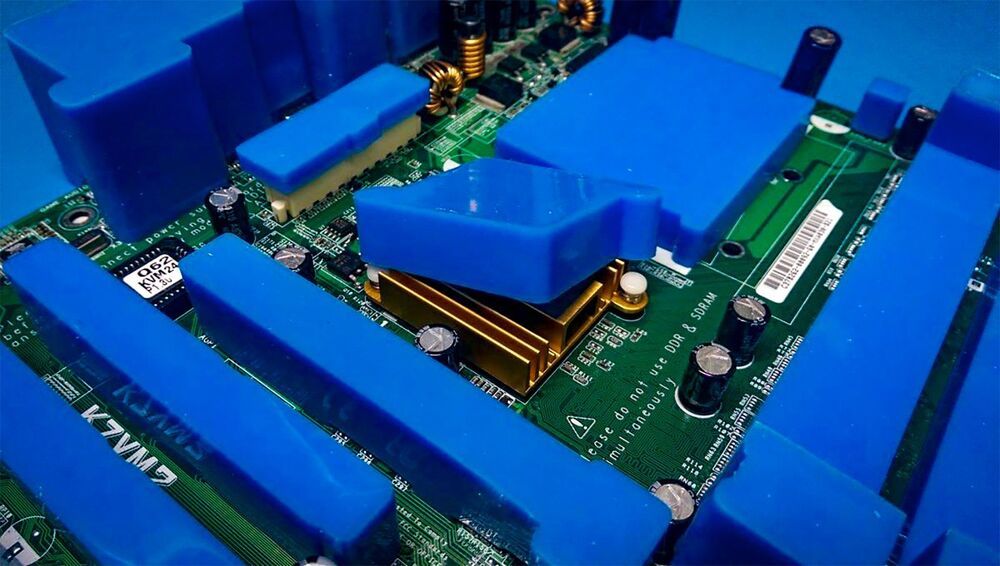Jul 31, 2021
China nuclear reactor shutdown may be ‘a sign of caution over new design’
Posted by Jason Blain in categories: chemistry, nuclear energy
“I suspect the French side is wondering whether the fuel rod damage is caused by something that they can directly address by modifying the equipment design, the water chemistry around the fuel, the plant operating procedures, or maybe even the fuel fabrication process to ensure that this doesn’t happen in other plants that are based on the Taishan design,” Fishman said.
Developer could be trying to find source of fuel rod damage to alter design in the future, analyst says.

